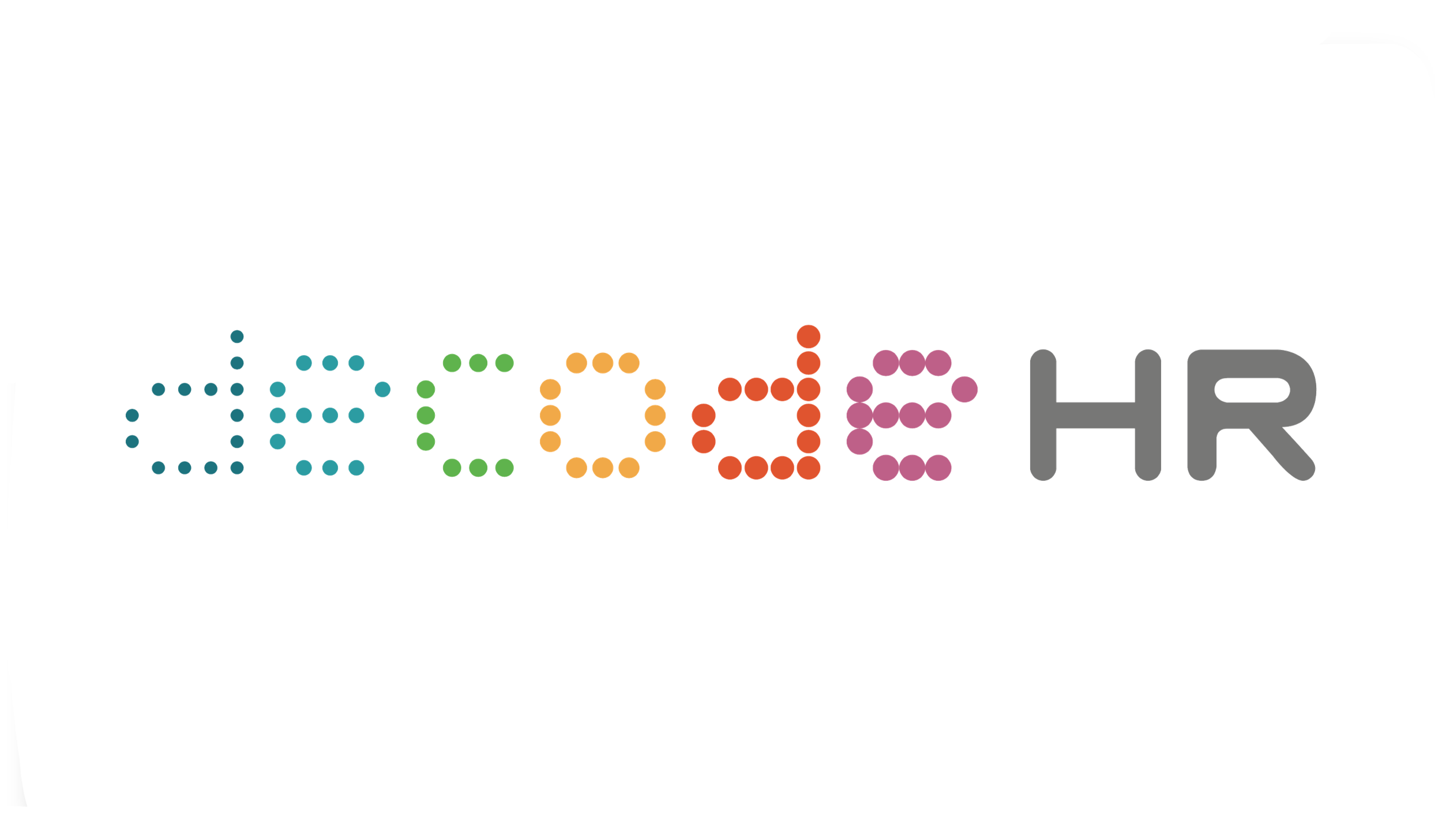Digital HR Framework
Reading time: 4 mins
BOX: In a Nutshell
What is this? Digital HR Framework
Who is this for? C-level Executives and Business Owners to HR leaders, and Strategy & Transformation Leads.
Why is this useful?
This framework provides a useful overview of how the various human capital domains come together as they are enabled by technology.
Think of it as a “skeleton” which you can use to visualize and fit in the pieces of technology which are introduced in different parts of your organization’s HR department. At a glance, you can see what you should work on first, what’s missing, and which areas you are doing well in.
The Digital HR Framework is not meant to be viewed in a linear fashion. A structured and integrated approach would be ideal. In order for a quick general overview, we will break down the framework in a fairly simplistic manner.
LEVEL 1: The Fundamentals (white circle)
Most organizations adopt technology in a progressive manner as they embark on their digital journey, meaning they start from Level 1 before moving to Level 2, and then 3.
They usually start off with the fundamental HR components that fall within the four quadrants of the white circle – Talent Acquisition, Post-Hiring & Onboarding, Career Advancement & Learning and Engagement & Retention.
It is usually when these pieces stabilize and there is a comfortable point of convergence (regardless of whether these are best of breed standalone or integrated systems), that organizations would be more ready to move beyond Level 1.
Level 2: Enhanced HR (darker blue circle)
Organizations should aim to get to the stage of “enhanced HR” in due course. These include Competency Management, Compensation Management and Video Platform.
As technology has enhanced the output from the four quadrants of Level 1, what might have been termed a “necessary evil” in the past – the development of competency frameworks – can now be transformed into a potentially joyful experience. The development of these frameworks can now be accelerated and kept current through competency management systems.
Compensation management systems do not merely reduce the pain of waddling through tons of excel spreadsheets. They provide a lot more efficiencies and cost savings through effective budget simulations and cost modeling of increments and bonuses.
Likewise, video platform systems have revolutionized and propelled the fundamental HR components of Level 1 to the next level.
LEVEL 3: Analytics (lighter blue circle)
Analytics allow an organization to get critical insights into the data generated through their various HR tech investments. It’s like supercharging a car. With deeper and useful insights through data, your investments in the four quadrants would move to the third level. Useful insights solve real business problems.
For analytics to play a meaningful role in Human Resources, HR folks first need to approach their business teams to understand which challenges are workforce-related. They would then address those challenges by working on strategic predictive workforce projects falling into two critical categories which would:
Measurably reduce employee turnover / attrition in a certain department or role
Measurably increase specific employee performance in one role or department or another - real performance, not performance review scores. Example, more sales, less mistakes, higher customer service scores, less accidents and so on.
To be credible, the predictive workforce initiative needs to measure and show business results both before and after the predictive model, hence the emphasis on ‘measurably’.
People Analytics in our framework applies to overall HR functions while Specialised Analytics are for specialised or specific HR functions
Don’t miss our upcoming article as we decode Analytics!
[Article migrated from dcHR.tech]



